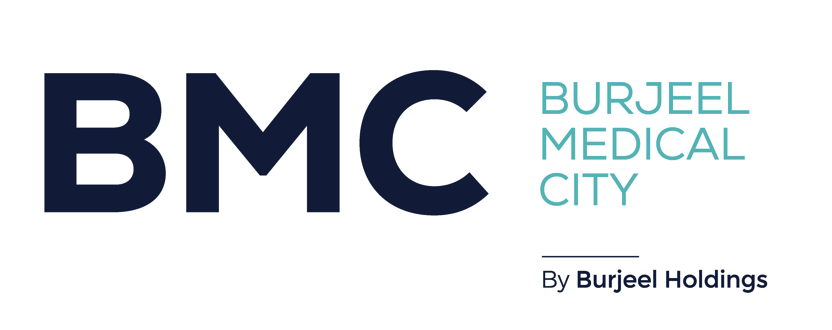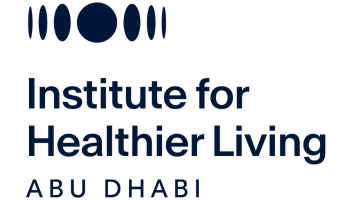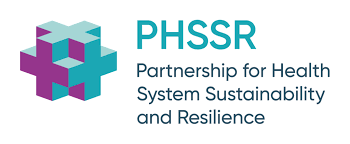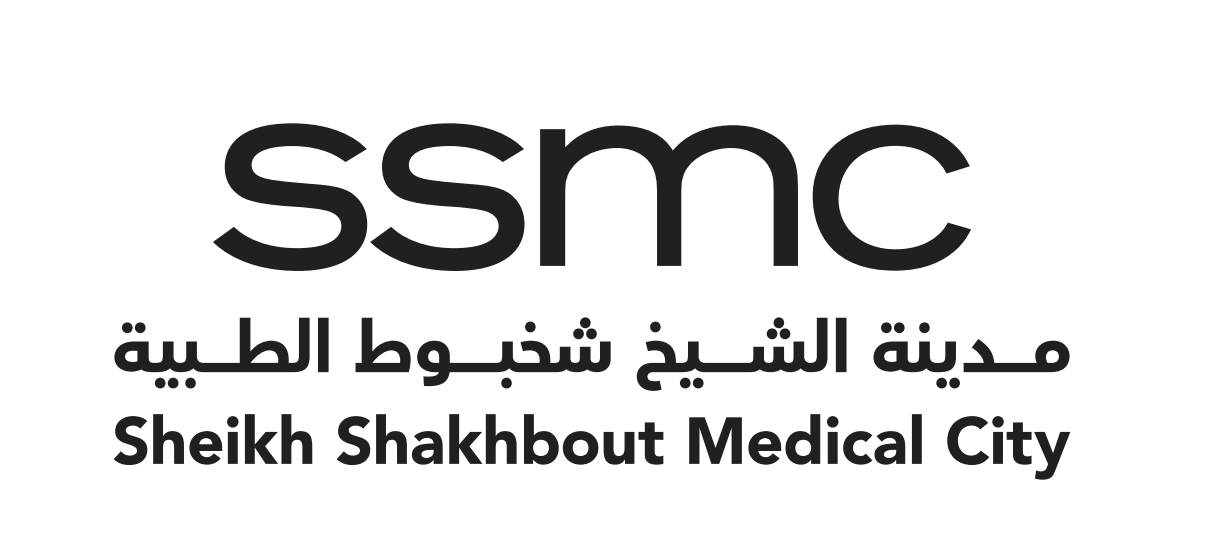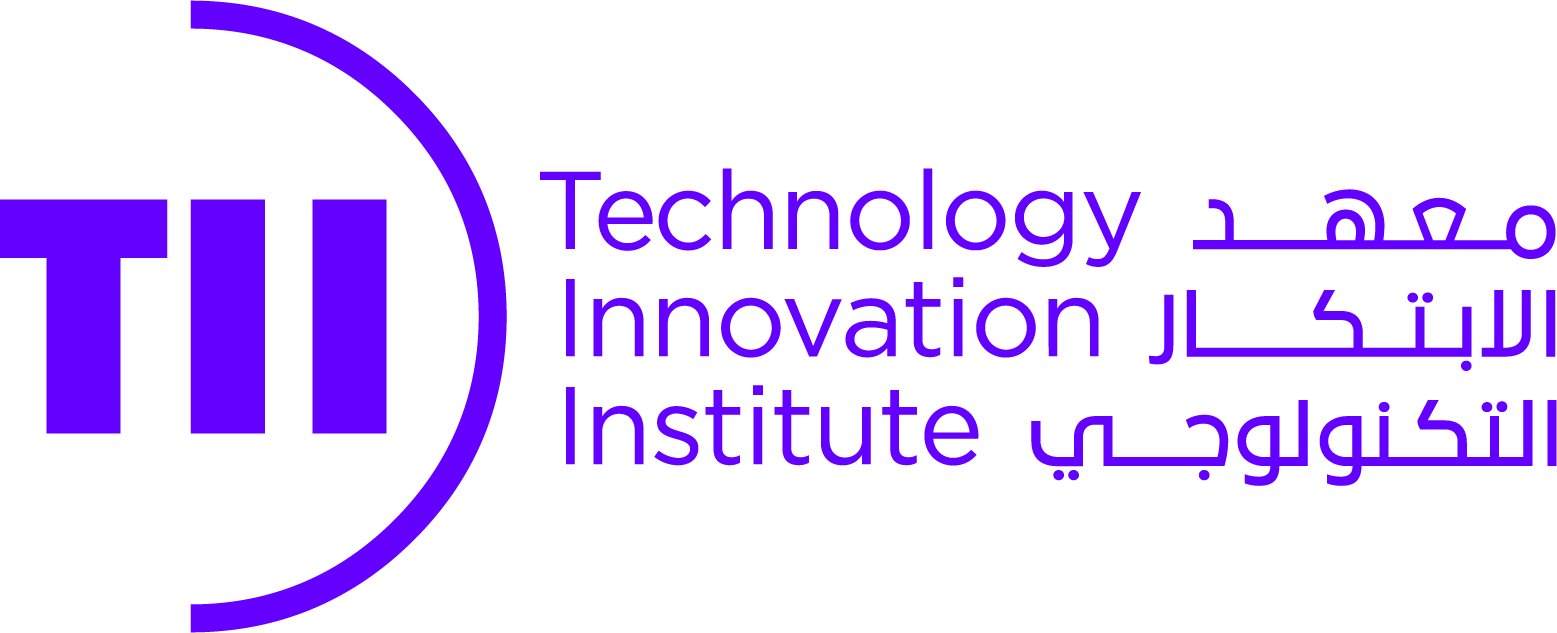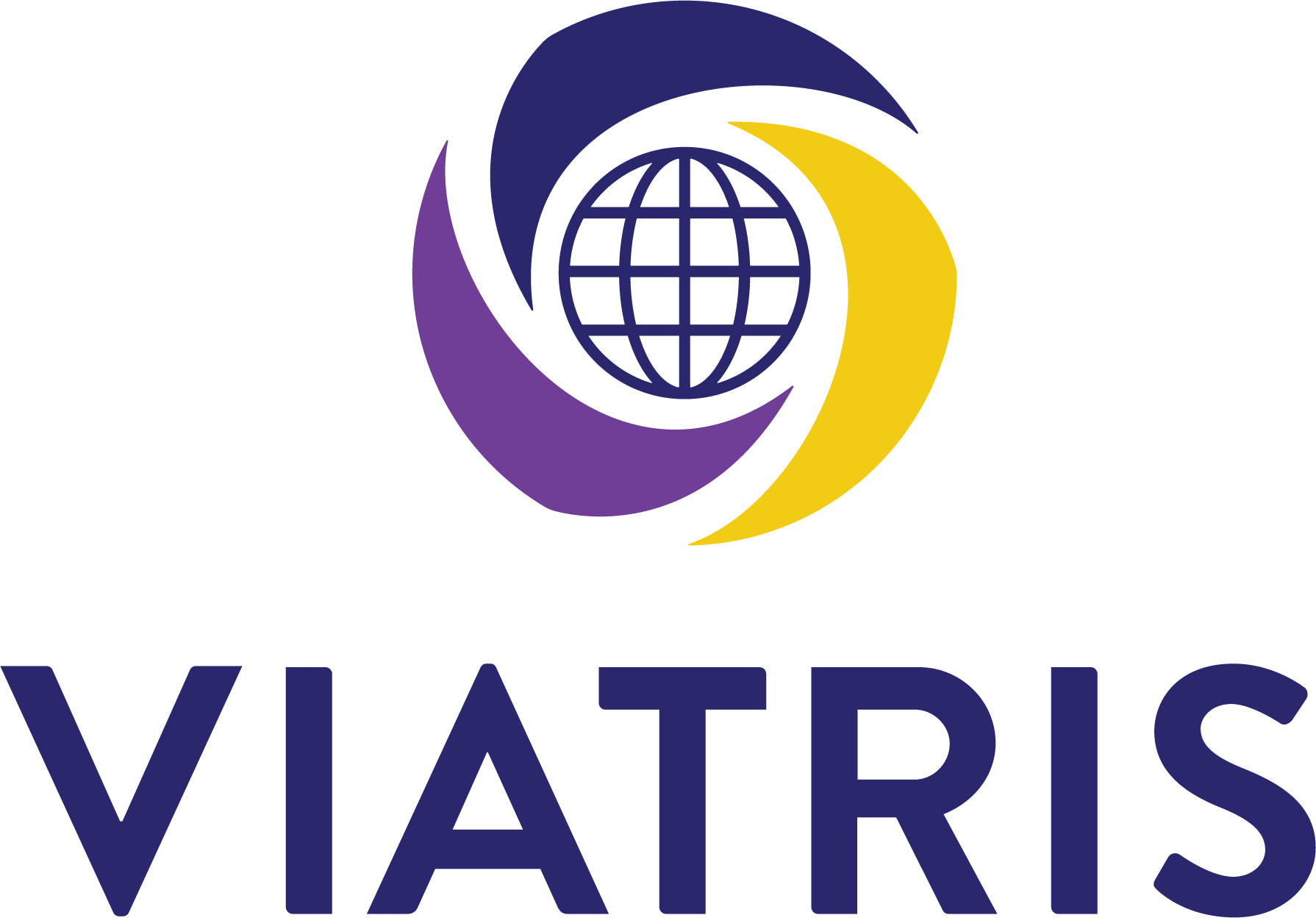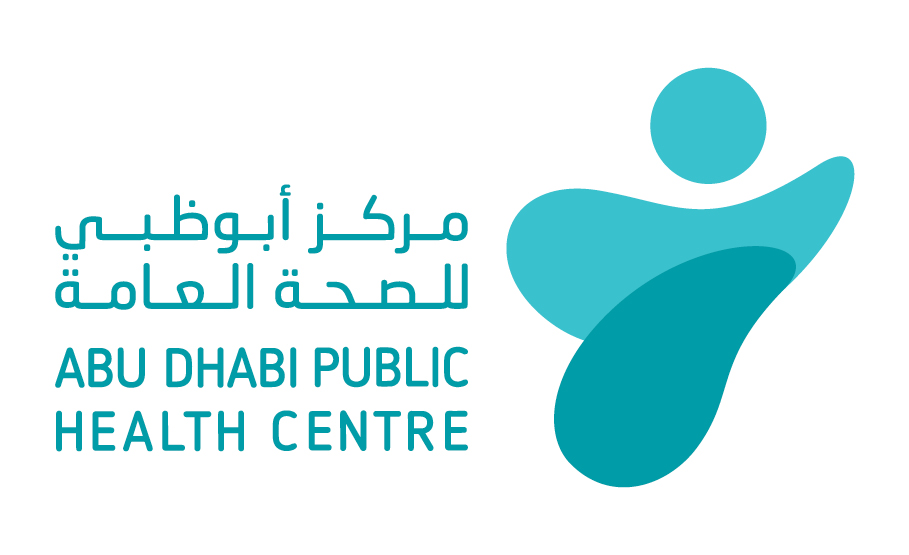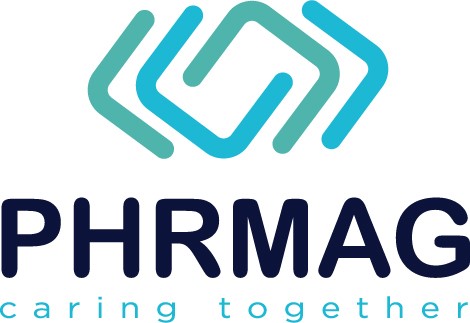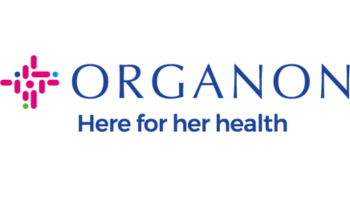تحت رعاية سموّ الشيخ خالد بن محمد بن زايد آل نهيان، ولي عهد أبوظبي رئيس المجلس التنفيذي لإمارة أبوظبي
Under the Patronage of His Highness Sheikh Khaled bin Mohamed bin Zayed Al Nahyan, Crown Prince of Abu Dhabi and Chairman of Abu Dhabi Executive Council
WHO alarmed by high use of antibiotics in Covid-19 cases
New evidence from the World Health Organisation (WHO) has shown that the extensive use of antibiotics during the coronavirus pandemic may have worsened the “silent” spread of antimicrobial resistance (AMR).
According to the WHO website, AMR refers to when bacteria, viruses, fungi and parasites no longer respond to antimicrobial medicines. Due to drug resistance, antimicrobial medicines such as antibiotics become ineffective, making it difficult or impossible to treat infections.
The WHO reported that while only 8 per cent of hospitalised Covid-19 patients had bacterial coinfections requiring antibiotics, about 75 per cent of them had been given antibiotics “just in case” the drug would be of any help.
Antibiotics use ranged from 33 per cent for patients in the Western Pacific region – including the Philippines – to 83 per cent in the Eastern Mediterranean and the African regions. Between 2020 and 2022, prescriptions decreased over time in Europe and the Americas, while they increased in Africa, based on data from the WHO Global Clinical Platform for Covid-19.
The platform serves as a repository of standardised individual-level, anonymised clinical data from patients hospitalised because of Covid-19 from January 2020 to March 2023.
The findings were presented during a global congress on clinical microbiology and infectious diseases in Barcelona, Spain, which concluded on April 30.
These will be discussed to improve antibiotic prescription and use across the globe ahead of the United Nations General Assembly’s high-level meeting on AMR in September.
Benefits vs risks
In a statement, Dr Silvia Bertagnolio – the WHO unit head for surveillance, evidence and laboratory strengthening, division for AMR – said: “When a patient requires antibiotics, the benefits often outweigh the risks associated with side effects or antibiotic resistance.
“However, when they are unnecessary, they offer no benefit while posing risks, and their use contributes to the emergence and spread of antimicrobial resistance.”
She added: “These data call for improvements in the rational use of antibiotics to minimise unnecessary negative consequences for patients and populations.”
According to the WHO study, “overall, antibiotic use did not improve clinical outcomes for patients with Covid-19. But rather, it might create harm for people without bacterial infection, compared to those not receiving antibiotics”.
“This underscores the urgent need to improve the rational use of antibiotics to minimise unnecessary negative consequences for both patients and populations,” it added.
The WHO classifies antibiotics into three groups – Access, Watch, Reserve – according to their potential to spread AMR.
“The study found that Watch antibiotics with higher resistance potential were most frequently prescribed globally,” the WHO said.
Those under the Watch group include antibiotic classes that have higher resistance potential and include most of the highest priority agents among the list of critically important antimicrobials for human medicine and antibiotics that are at relatively high risk of selection of bacterial resistance.
Among those under the Watch group of antibiotics are ceftriaxone and meropenem, which were among the top antibiotics used in hospitals during the pandemic.
PH observations
Based on the National Philippine Antimicrobial Use Point Prevalence Survey Longitudinal Study from 2017 to 2022, antibiotics were used from 2020 to 2022 mostly to treat conditions such as Covid-19 and pneumonia, skin- and soft tissue infections, sepsis, intra-abdominal infections, infections of the central nervous system, gastrointestinal infections and tuberculosis.
The Antimicrobial Resistance Surveillance Reference Laboratory (ARSRL) of the Research Institute for Tropical Medicine (RITM) in Muntinlupa City serves as the central coordinating laboratory for the Antimicrobial Resistance Surveillance Programme (ARSP) of the Department of Health (DOH).
At a DOH forum in November 2023, RITM-ARSRL head Sonia Sia noted the increasing AMR rates for most of the bacterial pathogens – particularly E. coli, K. pneumoniae, P. aeruginosa and A. baumannii – which caused different health problems like pneumonia, bloodstream infection, meningitis and urinary tract infection.
Ms Johanna Mallari Abella of the DOH pharmaceutical division noted that based on ARSP data from 2017 to 2021, prevalence of antibiotic consumption was high in both adult and paediatric patients, leading to “very alarming rates of resistance among various pathogens”.
Public health threat
According to the WHO, AMR is one of the top global public health and development threats. It is estimated that bacterial AMR was directly responsible for 1.27 million global deaths in 2019 and contributed to 4.95 million deaths.
In the Philippines, said Ms Abella, there were 15,700 deaths directly attributable to AMR and 56,700 deaths associated with AMR in 2019.
To prevent the spread of AMR, the DOH has advised the public against self-medication and the use of antibiotics without first consulting a doctor.
Source: The Straits Times




